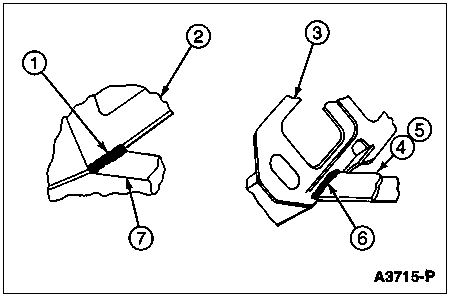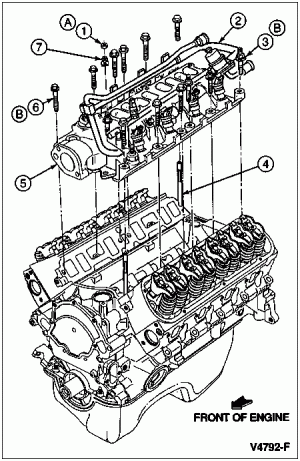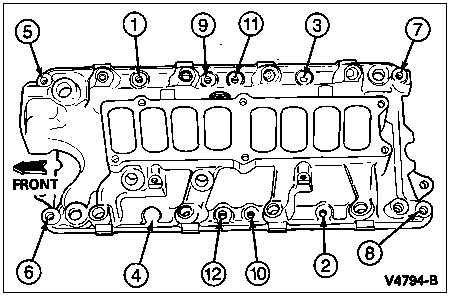Titling and registering - buying a vehicle from an individual

Once you have found the vehicle you want to buy, you will need to properly
title, register, and plate it. It is best if you and the seller go together to a Secretary of State office to complete the title transfer. If not, then before leaving with the vehicle make sure:
- The seller gives you the title. Making changes on a title, such as crossing out a name, invalidates it. Copies are also not acceptable. The seller must complete the seller's portion of the title assignment, including the odometer disclosure statement, and sign it.
- There is no outstanding loan against the vehicle. A title cannot be transferred until the vehicle loan is fully paid. A representative from the bank or financial institution that administered the loan must either have signed the title or provided the owner with a lien termination statement.
- The odometer reading entered by the seller and vehicle identification number (VIN) on the title match the vehicle's odometer reading and VIN.
You do not need a license plate to drive a newly purchased vehicle directly home within Michigan within three days of purchase. Carry the assigned title and proof of insurance with you. Never use a plate from another vehicle as a substitute.
If you do not complete the title transfer with the seller at a Secretary of State office, you have 15 days from the date of sale to
transfer the title into your name to avoid a $15 late fee. 6% use tax (on the greater of the fair market value or the amount paid) and the $15 title transfer fee will be due. To transfer the vehicle title into your name at a Secretary of State office:
- Bring the assigned vehicle title.
- If more than one person is listed on the title as the new owners, all must appear to sign the title application. If an owner cannot appear, they may appoint an agent to sign the application on their behalf by completing an Appointment of Agent form.NOTE: An owner completing an Appointment of Agent form must provide a photocopy of their valid drivers license or state ID card to the person they appoint as their agent. This photocopy will be required at the Secretary of State office.
[*]All owners must bring identification.
[*]You may
transfer a license plate from a vehicle you already own to your new one. If you need to buy a plate,
several attractive options are offered.
Disability and
personalized plates are also available.
[*]
Proof of Michigan no-fault insurance. You must have Michigan no-fault insurance to register a vehicle in Michigan. Out-of-state policies are not accepted. (Motorcycles must also be insured, but do not require no-fault insurance.)
The Secretary of State's office will issue you registration, license plate and tab. Place
your tab on your plate as shown on the form that comes with it. Put your plate immediately on your vehicle.
From
http://www.michigan.gov/sos/0,4670,7-127-1585_1587_1670_47674-175972--,00.html
No mention of 2 titles




